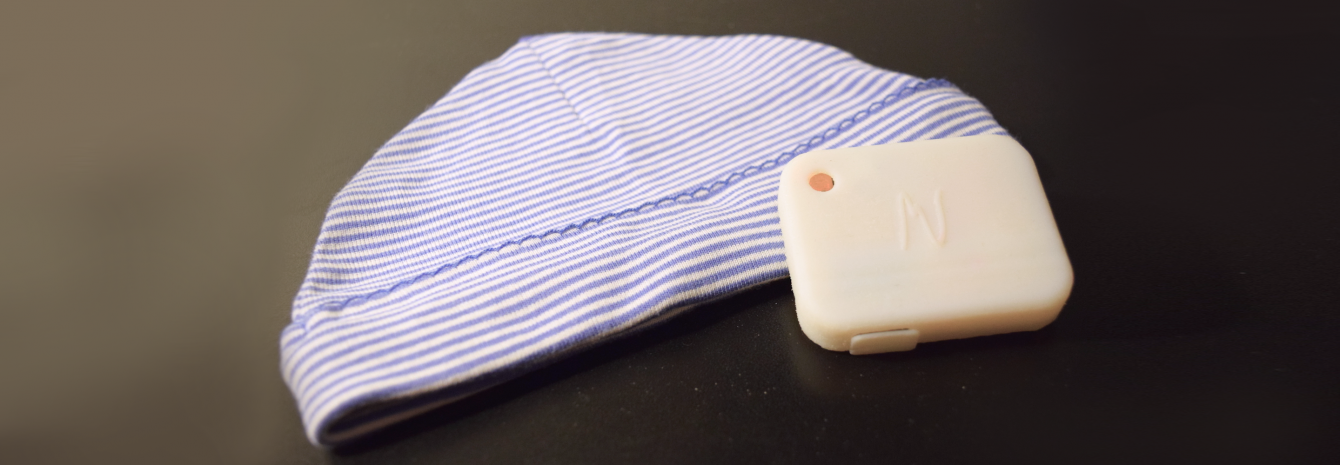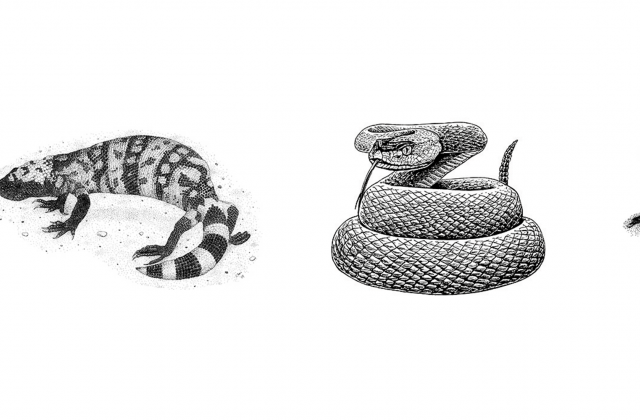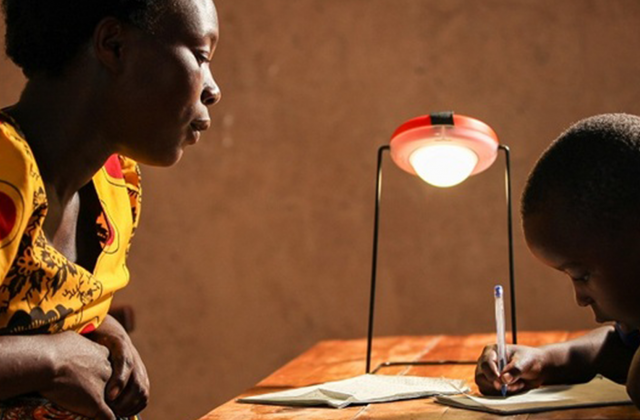How can we make an infant vital-signs monitor affordable around the world?

In 2014, when Sona Shah ’16SEAS and Teresa Cauvel ’16SEAS began Columbia’s biomedical engineering master’s program, the rate of newborn deaths in Uganda was about 19 per 1,000 births. In the US, that rate is six per 1,000.
Shah and Cauvel learned about newborn deaths in low-resource countries when visiting Uganda as students. They noticed insufficient staff and limited equipment led to inadequate newborn care. Two nurses may monitor up to 150 babies at once, and a newborn may die before a nurse can intervene.
Responding to infant mortality, Shah and Cauvel started Neopenda, a health tech company creating low-cost, wearable monitors that measure a newborn’s vital signs to help at-risk babies survive. Fitted into a baby hat, Neopenda’s low-powered and Bluetooth-enabled device requires no Internet access, sending data wirelessly to a hospital unit’s tablet computer. Nurses and doctors can monitor up to 24 babies at once, determining more quickly who needs help the most.
Creating a product with and for users, Shah and Cauvel visited four Ugandan cities and nine hospitals, public and private, when designing their device. The tech entrepreneurs continue to collaborate with healthcare professionals in Uganda from their base in Chicago.
Next on Shah and Cauvel’s to-do list: make the monitor smaller, find a manufacturer, and expand Neopenda to other countries grappling with infant mortality.
Make Your Commitment Today





